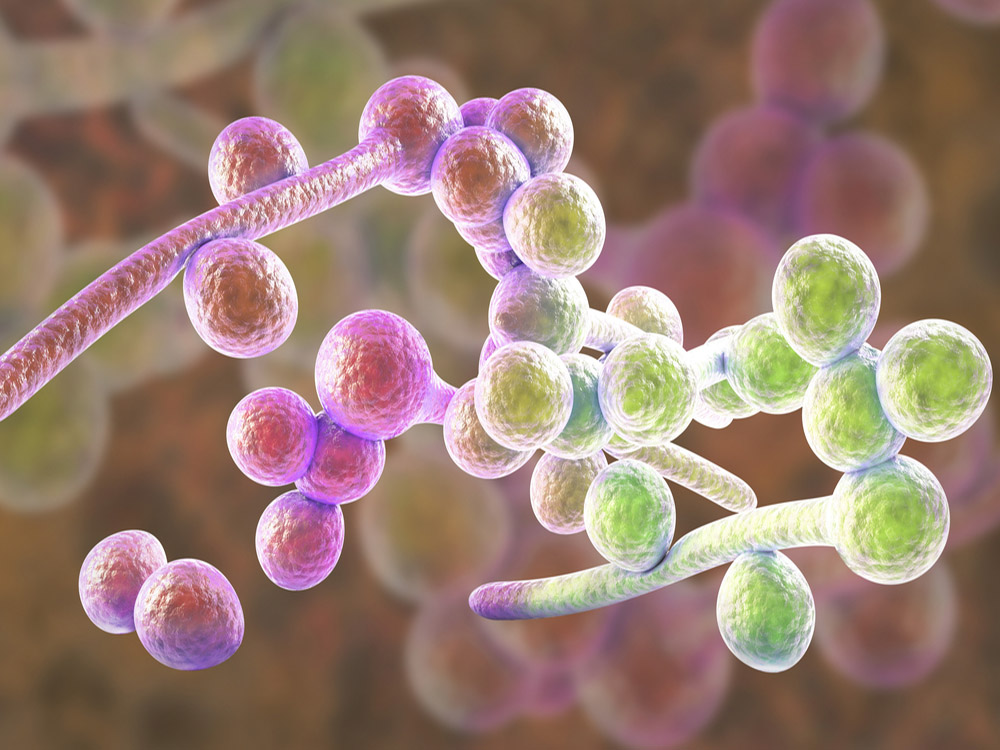
Osmophilic Yeast & Mold
Background:
Microorganisms can grow over a wide range of solute concentrations. Only a few species can grow at the high osmotic pressures characteristic of environments having supersaturated brine and sugar concentrations (i.e., reduced water activity). Microorganisms that can grow in high concentrations of organic solute, particularly sugars, are osmophiles.
Yeasts are the most common osmophilic microorganisms encounter in nonionic environments of high osmolarity, such as foods containing high concentrations of sugar. Osmophilic yeasts are usually the cause of spoilage of high-sugar foods, including jams, molasses, corn syrup, flavored syrups and toppings, honey, concentrated fruit juices, chocolate candy with soft centers, etc. Many of the common spoilage yeasts in the group belong to the genus Zygosaccharomyces. Osmophilic yeasts are of no public health significance, but are of economic importance to the food industry.
Method
APHA CMMEF 17.3
Media
Osmophilic Agar
Turn Around Time
3 to 5 Business Days
Sample Required
10 to 100 g
Type of Test
Quantitative Plate Count Analysis
Detection Limit
<10 CFU/g or <1 CFU/mL or <0.1 CFU/cm2 depending on original sample matrix
Analysis Description:
Both the dilution buffer and plating agar have a reduced water activity. Osmophilic agar is a selective medium as it has a high concentration of fructose to enumerate yeast and molds that develop in food products with a high osmophilic pressure.
The sample is diluted with a buffer containing a glucose additive to minimize osmotic shock, blended, and an extracted amount is plated on the Osmophilic Agar, many times in a serial dilution format. The inoculated agar plates are incubated at 28°C for 3 to 5 days.

